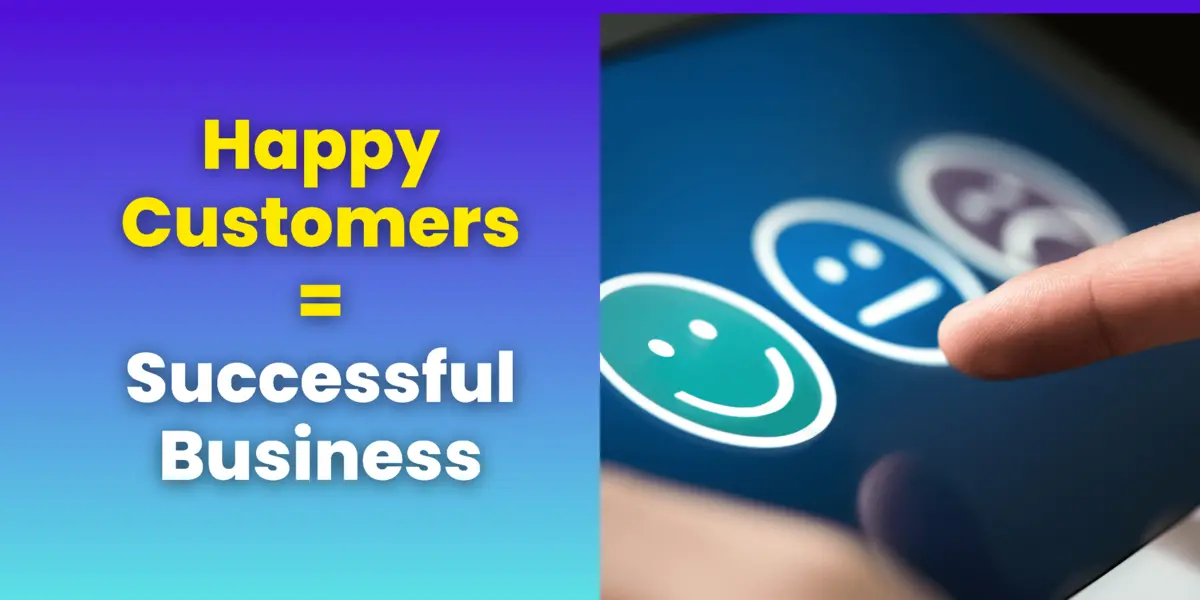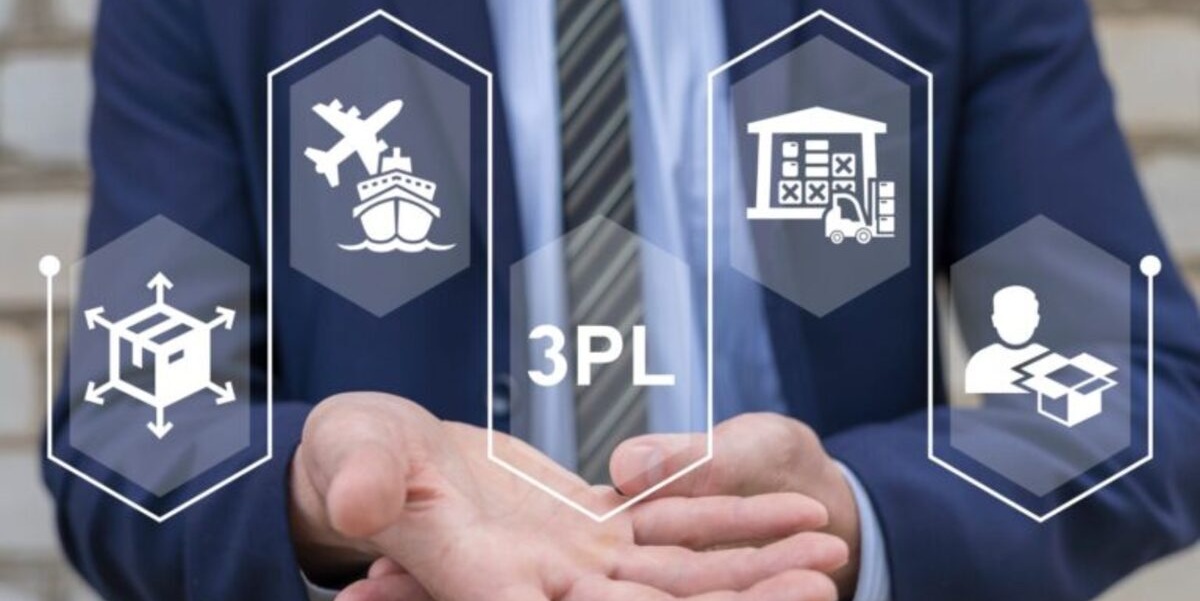Developing an effective customer service strategy is essential for fostering brand loyalty, enhancing customer satisfaction, and driving business growth. It’s about creating a blueprint that not only meets but exceeds customer expectations, leveraging the best tools and practices to offer unparalleled service. Integrating technology is key to streamlining processes and providing the right solutions at the right time, while personalizing service helps in creating memorable experiences tailored to each customer’s needs.
Building a customer-first culture within your organization ensures that every interaction reflects your brand’s commitment to excellence. By focusing on these elements, you help create a strong foundation that supports long-term success and customer loyalty.
Summary
- What is a Customer Service Strategy?
- What are the Key Components of a Successful Customer Service Strategy?
- How to Craft a Customer Service Vision and Mission?
- Customer Segmentation and Personalization
- How to Implement Technology for Enhanced Service?
- Building a Culture of Customer Service Excellence
- What are the Potential Obstacles in Implementing a Customer Service Strategy?
- When to Outsource Customer Support Services?
- Conclusion
- Frequently Asked Questions (FAQs)
What is a Customer Service Strategy?
A customer service strategy is a meticulously crafted plan designed to outline the right way an organization aims to deliver its services, focusing keenly on the methods and practices needed to elevate customer satisfaction, loyalty, and retention to new heights. It is about creating a roadmap that aligns with the company’s core values and mission, ensuring that every customer interaction contributes positively to the overall experience.
This strategy takes into account the people behind the product, recognizing that a company’s staff are as crucial as the product itself in delivering exceptional service. It identifies the specific needs of the customer base and devises targeted approaches to meet these needs effectively, thereby fostering a positive brand perception and a loyal customer following.
What are the Key Components of a Successful Customer Service Strategy?
Customer-Centric Approach
A customer-centric approach puts the customer at the forefront of every service initiative, ensuring that their needs and expectations are the primary focus in the design and delivery of services. It involves creating a culture where people are always thinking about how to improve the customer experience. For example, a company might use customer journey mapping to identify key touchpoints and ensure the right services are offered at the right time.
Clear Communication Channels
Establishing clear communication channels is crucial for allowing customers to easily contact the company through their preferred method, whether it be via phone, email, social media, or a live chat on a blog. This component emphasizes the need for a contact center that can manage multiple channels seamlessly, ensuring that customers can reach out whenever they need assistance or information.
Service Standards and Guidelines
Setting service standards and guidelines provides a consistent framework for delivering high-quality service across all interactions with customers. By establishing a uniform standard of excellence, companies create a benchmark for service that employees across the organization strive to meet. These guidelines serve as a reference point for training and development, ensuring that everyone understands the level of service expected.
Employee Training and Development
Continuous employee training and development are essential for equipping staff with the necessary skills to offer outstanding service. This component recognizes the importance of investing in people, as knowledgeable and skilled employees are more likely to provide the level of service that meets or exceeds customer expectations. For instance, regular training sessions can include role-playing customer scenarios, teaching employees how to use new technologies, or offering courses on communication and empathy.
Feedback Mechanisms
Implementing systems to collect and analyze customer feedback is key to continually refining and enhancing the quality of service. Feedback mechanisms, such as surveys, comment sections on blogs, or direct contact through customer service centers, allow businesses to gather valuable insights from customers about their experiences. This information can then be used to identify areas in need of improvement, create new services that better meet customer needs, and ultimately drive strategic decisions that enhance customer satisfaction.
How to Craft a Customer Service Vision and Mission?
Defining a Customer Service Vision
Creating a customer service vision involves setting a compelling and aspirational picture of what the organization aims to achieve in terms of service. This vision should not just be about maintaining good customer relations; it should inspire agents and all employees to strive for greatness in every interaction. It aligns with the organization’s overall values and goals, serving as a guiding star for the customer service journey.
For example, a company might set a vision to “Transform every customer interaction into a personalized, seamless experience that advocates for customer success.” This vision sets a new standard for service, pushing the boundaries of traditional sales and support roles towards a more integrated approach.
Developing a Customer Service Mission
The process of developing a customer service mission involves drafting a clear, concise statement that outlines the purpose and objectives of the company’s service strategy. This mission goes beyond just closing sales; it defines how the company intends to make each customer feel valued and understood throughout their journey. It provides a concrete framework for what great service looks like and how it can be achieved.
An example of a customer service mission might be, “To empower our agents with the tools and knowledge they need to provide solutions that not only resolve customer issues but also preemptively enhance their overall experience.” This mission statement underscores the importance of proactive service, setting the stage for a culture that exceeds expectations.
Explore more about this topic in our article about customer support outsourcing and find out how much does it cost to outsource customer service.
Customer Segmentation and Personalization
Identifying Customer Segments
Identifying customer segments involves dividing your customer base into distinct groups according to a variety of criteria, such as demographics, buying behaviors, or needs. This strategic segmentation enables companies to tailor their services and products more precisely, ensuring that the solutions offered are directly aligned with each segment’s specific requirements.
For example, a business could identify a segment that prefers eco-friendly products and share targeted content and offers through their preferred channels, like Twitter, enhancing the relevance and effectiveness of its interactions. This targeted approach not only maximizes the efficiency of marketing efforts but also significantly improves the chances of delivering positive customer experiences by addressing the unique needs of each segment.
Personalized Customer Interactions
Personalized customer interactions take the insights gained from customer segmentation and apply them to individual customer engagements, customizing the experience based on collected data and expressed preferences. This method goes beyond just addressing the customer by name; it involves tailoring communication, recommendations, and solutions to fit the individual’s history, preferences, and needs.
For instance, if a customer frequently purchases or interacts with content related to a specific product category on Twitter, a company can personalize their interactions by sharing updates or offers related to those interests. This level of personalization not only enhances the service experience but also fosters a deeper connection between the customer and the brand, leading to more positive and engaging interactions across all touchpoints.
How to Implement Technology for Enhanced Service?
CRM Systems
Customer Relationship Management (CRM) systems are essential in organizing and enhancing interactions with customers. They help teams track and analyze customer behavior and preferences over time, enabling a more tailored and informed approach to support. By centralizing customer data, CRM systems allow support staff to access a comprehensive view of customer interactions, ensuring that every touchpoint is personalized and informed by previous exchanges. This level of insight significantly improves the overall experience for both customers and the support team, making interactions more efficient and effective.
AI and Chatbots
Artificial intelligence and chatbots are revolutionizing the way businesses provide support by offering quick and automated responses to common inquiries. These technologies can handle a high volume of requests simultaneously, reducing wait times and freeing up human agents to deal with more complex issues. AI-driven chatbots can learn from past interactions to improve their responses over time, making them an invaluable tool for providing customers with fast and accurate help.

Social Media Integration
Integrating social media platforms into your support framework allows your team to meet customers where they spend a significant amount of their online time. By monitoring and responding to inquiries on platforms like Twitter and Facebook, businesses can offer real-time support and engage with their audience in a more casual and accessible environment. This approach not only extends the reach of your support efforts but also enhances the overall experience by offering help through preferred channels of communication.
Self-Service Options
Providing self-service portals and knowledge bases gives customers the power to find answers to their questions independently, saving time for both the customer and the support team. These resources can be continuously updated with new information and solutions, making them a comprehensive source of help. Additionally, self-service options cater to the growing preference among customers for finding answers on their own before reaching out for direct support, thereby improving the overall experience by empowering customers to solve problems at their own pace.
Building a Culture of Customer Service Excellence
Leadership Support and Buy-In
Leadership support and buy-in are essential for fostering a culture that values and prioritizes customer-centric principles across the organization. When leaders exemplify these values and actively promote them, teams are more likely to embrace and reflect these principles in their daily interactions. Leaders who look ahead to the future, envisioning a 2024 where their organization sets the standard for excellence in their field, start by integrating customer-centric values into the core of their business strategy, encouraging every employee to align with this vision.
Read more about outsourcing ecommerce customer service and live chat support outsourcing.
Empowering Employees
Empowering employees means giving them the freedom and authority to address and solve customer problems creatively and effectively. This empowerment encourages employees to take initiative, learn from each interaction, and make decisions that they believe are in the best interest of those they serve. When employees feel free to utilize their skills and knowledge to the fullest, they’re more engaged and motivated to contribute to the organization’s success. Encouraging teams to read and stay informed about the latest industry trends and customer preferences can also foster a sense of empowerment and readiness to tackle new challenges.
Recognition and Rewards
Implementing recognition programs that reward employees for exemplary performance is key to building a motivated and focused team. Such programs not only acknowledge the hard work and achievements of individuals but also serve as an incentive for others to strive for excellence. Recognizing employees can take many forms, from public acknowledgment in meetings to tangible rewards or opportunities for professional development. This recognition helps reinforce the behaviors and actions that lead to success, encouraging teams to continuously look for ways to improve and excel.
Continuous Improvement
Advocating for a culture of continuous improvement means encouraging employees to constantly seek ways to enhance their skills and the quality of their work. This can involve regular training sessions, workshops, and creating opportunities for employees to learn new technologies or integrations that can enhance their performance. By making ongoing learning and development a cornerstone of your organizational culture, you ensure that your teams are always equipped to meet evolving customer needs and industry standards, keeping your organization at the forefront of excellence as it moves into 2024 and beyond.
What are the Potential Obstacles in Implementing a Customer Service Strategy
Integration of Systems
The integration of various systems and tools is crucial for providing a seamless experience to customers. This process involves harmonizing technologies to ensure that they work together efficiently, enabling support teams to access and share information in real time. Such integration helps in reducing response times and improving the overall support experience. It allows teams to have a comprehensive view of customer interactions across different platforms, making it easier to provide consistent help and support. Overcoming these challenges requires a focused effort on selecting compatible technologies and investing time in training team members on these integrations to enhance their ability to assist customers effectively.
Managing Customer Expectations
Setting realistic expectations and consistently meeting them is vital in a competitive environment. This involves clear communication from the outset about what customers can expect in terms of product performance, support availability, and response times. By managing expectations effectively, teams can prevent misunderstandings and build trust with customers. Strategies include using feedback to learn about and adjust the customer experience, as well as training team members to communicate clearly and effectively. Ensuring that all team members understand the importance of setting and meeting expectations can significantly improve the experience offered to customers, fostering long-term loyalty.
Training and Development
Ensuring that all team members are thoroughly trained and aligned with the organization’s goals and standards is non-negotiable for delivering high-quality support. Ongoing training and development opportunities allow team members to continuously improve their skills and knowledge, better preparing them to meet the needs of customers. This includes learning about new products, systems, and customer interaction techniques. Investing in the professional growth of team members not only enhances their ability to provide exceptional support but also increases their engagement and satisfaction with their work. A well-informed and motivated team is essential for creating positive experiences for customers, helping to build a strong and loyal customer base over time.
When to Outsource Customer Support Services?
When In-House Resources Are Stretched Thin and Unable to Meet Demand
Outsourcing becomes a viable option when your in-house team is overwhelmed and cannot effectively manage the volume of requests from customers. This scenario can make it challenging to maintain the quality of support, potentially compromising the customer experience and the brand’s reputation. By outsourcing, you can ensure that every request is handled promptly and efficiently, allowing your in-house team to focus on core operations. It’s a strategic move to manage resources better and sustain the high level of support your customers expect.

For Accessing Specialized Expertise Not Available Internally
There are times when customers need help that requires specialized knowledge your current team might not possess. Outsourcing to a partner with the right expertise ensures that customers receive the best possible support, enhancing their overall experience with your brand. Utilizing external experts allows your brand to cover more areas of support without the significant time and financial investment in training. It’s a practical approach to make use of specialized skills that can significantly improve support quality and efficiency.
To Provide 24/7 Support Across Different Time Zones Without Overburdening Internal Staff
Offering round-the-clock support is essential for global brands that cater to customers in different time zones. Expecting your internal team to manage this can lead to burnout and reduce the quality of support. Outsourcing to providers in various time zones can help maintain a constant presence, ensuring customers always have access to help when they need it. This approach not only enhances the support experience but also demonstrates your brand’s commitment to being there for your customers, regardless of the time or place. Continuous availability can greatly increase customer satisfaction and loyalty, making it a wise investment in your brand’s long-term success.
By the way, delve deeper into this matter and learn what are the benefits of outsourcing customer service and live chat support outsourcing.
Conclusion
This article has laid out the foundational elements of developing a robust customer service strategy, underscoring the importance of customer-centric approaches, technological integration, personalized service, and a strong internal culture in achieving business success.



